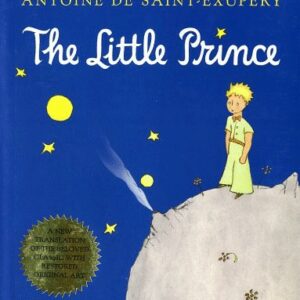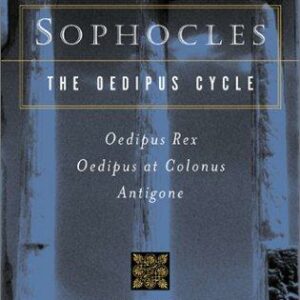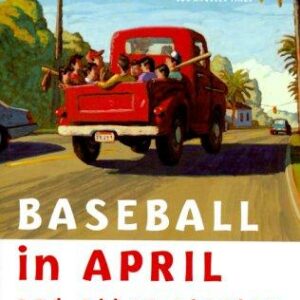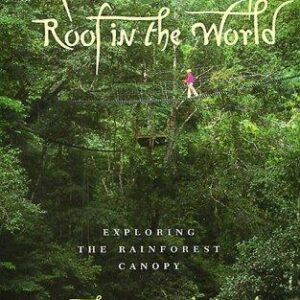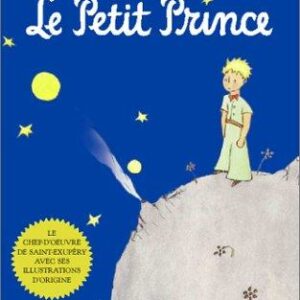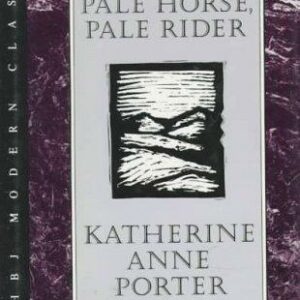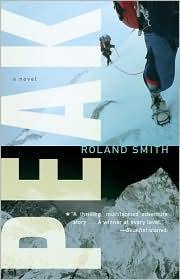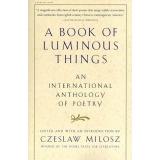1922
$16.95
| Title | Range | Discount |
|---|---|---|
| Trade Discount | 5 + | 25% |
- Description
- Additional information
Description
1922 was a year of great turbulence and upheaval. Its events reverberated throughout the rest of the twentieth century and still affect us today, 100 years later.Empires fell. The Ottoman Empire collapsed after more than six centuries. The British Empire had reached its greatest extent but its heyday was over. The Irish Free State was declared and demands for independence in India grew. New nations and new politics came into existence. The Soviet Union was officially created and Mussolini's Italy became the first Fascist state.
In the US, Prohibition was at its height. The Hollywood film industry, although rocked by a series of scandals, continued to grow. A new mass medium – radio – was making its presence felt and, in Britain, the BBC was founded. In literature it was the year of peak modernism. Both T. S. Eliot's The Waste Land and James Joyce's Ulysses were first published in full.In society, already changed by the trauma of war and pandemic, the morals of the past seemed increasingly outmoded; new ways of behaving were making their appearance. The Roaring Twenties had begun to roar and the Jazz Age had arrived.1922 also saw the discovery of Tutankhamun's tomb, the arrest of Mahatma Gandhi, the death of Marcel Proust, the election of a new pope, the release of the first major vampire movie, and the brief imprisonment in Munich of an obscure right-wing demagogue named Adolf Hitler.In a sequence of vividly written sketches, Nick Rennison conjures up all the drama and diversity of an extraordinary year. "The result is an enjoyable biography of an important year that serves as another reminder of how much history just twelve months can contain." — Foreword "In this enjoyable slice of popular history, he assembles a month-by-month almanac, including all the most notable moments from science, politics, art and culture. . . . Rennison lingers long enough on each entry to draw out its full resonance." —Guardian "This is a delightful book, and Rennison’s selection is intelligent and lively. He has an eye for the significant detail and an agreeably dry tone. . . . I hope Rennison has a 1923 book already well in hand and is even now researching a 1924 one. This 1922 book should please those who are well-versed in history, but it will also be a treat for those for whom the past is another country." —Scotsman Nick Rennison is a writer, editor, and bookseller with a particular interest in the Victorian era and in crime fiction. He is the editor of six anthologies of short stories for No Exit Press, plus A Short History of Polar Exploration, Peter Mark Roget: A Biography, Freud and Psychoanalysis, Robin Hood: Myth, History & Culture and Bohemian London, published by Oldcastle Books. He is a regular reviewer for both The Sunday Times and BBC History Magazine. 1922 by Nick Rennison – IntroductionIt was a decade with a distinctive character. Even at the time, those who were living through them recognised that the 1920s were unusual. They deserved a special status. In America, they were dubbed ‘The Roaring Twenties’ or ‘The Jazz Age’; in France, they wereLes Années Folles(‘The Crazy Years’). The world had just emerged from a war that had killed millions of people and a global pandemic that had ended the lives of tens of millions more. The so-called ‘Spanish’ flu, named because Spain had initially seemed one of the most severely hit countries, had first shown itself during the last months of the First World War. It had spread over the next few years, infections coming in several waves, until almost a third of the world’s population is now estimated to have caught it and between 20 and 50 million people had died of it. (Some estimates put the number of fatalities even higher.) Those who had come of age during these years and survived the twin traumas of war and disease were often disoriented and directionless. They were, in the phrase coined by the expatriate American writer Gertrude Stein, the ‘Lost Generation’. The only aim many of the members of this generation in Europe and America had was to enjoy themselves. In an era of dance crazes, Hollywood excess, illicit drinking and a relaxation of sexual morals, hedonism was the name of the game.This determination to party was only one aspect of the 1920s. It was also a period of upheaval and change. Of all the years in this dramatic decade, 1922 was the most turbulent. It was a year which altered the map of the world. In the wake of the war, an empire tottered and fell. The Ottoman Empire, which had survived for 600 years, ended with its last sultan forced into exile. Even the British Empire, which reached its greatest extent in the 1920s, was showing signs of decay. In Ireland, the Anglo-Irish War had come to an end in late 1921. A peace treaty had been signed that created the Irish Free State but triggered a brutal civil war the following year. Egypt had been granted a diluted form of self-government. The independence movement in India was gaining strength. Elsewhere, new nations came into existence and older nations made radical changes in their politics. The last few days of 1922 saw the official foundation of the USSR, the Union of Soviet Socialist Republics. Earlier in the year, Mussolini and his Blackshirts had embarked on their ‘March to Rome’ which had resulted in Italy becoming the first Fascist state.In the arts, traditional forms were proving inadequate and writers, musicians and painters were seeking different means of expressing themselves. In Anglophone literature, the publication in February 1922 of arguably the most influential novel of the century (James Joyce’sUlysses) was followed in October by that of the most influential poem (TS Eliot’sThe Waste Land). In society, already changed by the trauma of war, the conventions and morals of the past seemed increasingly outmoded; new ways of thinking and behaving were making their appearance. My book aims to provide a portrait of this rollercoaster of a year.Through a series of snapshots of events, from murders to football matches, from epoch-changing events like the establishment of the Soviet Union to artistic landmarks, I have attempted to give some sense of what the world was like 100 years ago. Some of what follows will provide reminders that, in LP Hartley’s famous words, ‘the past is a foreign country; they do things differently there’; some passages will seem all too familiar.A century later the influence of events from 1922 lives on in many different ways. Modern Ireland has been shaped by what happened in the country that year. The treatment of diabetes with insulin (see January) continues to save and improve lives. The little-known animator who established Laugh-O-grams Films in Kansas City (see May) went on to create a media empire that still plays a central role in popular culture today. Sport still holds the mass appeal it was just beginning to achieve in 1922. Racial divisions still plague modern societies. As we emerge from a worldwide pandemic not so dissimilar to the one experienced by an earlier generation, it’s easy to understand the determination of so many people in 1922 just to enjoy themselves. I hope that all of these snapshots of a past that sometimes carries surprising echoes of the present prove entertaining and enlightening.
- Now in paperack
A pivotal year in 20th Century history, including major global developments in history, politics, art and culture – from the fall of the Ottoman Empire and creation of the Soviet Union, to the publication ofUlyssesand foundation of the BBC
Will appeal to fans of1913: The Year Before the Stormby Florian Illies and 1913: In Search of the World Before the Great War by Charles Emerson
A timely, resonant book as a century later the world finds itself emerging from another globalpandemic and can draw many parallels from 1922
The influence of events from that year lives on 100 years later in many different ways, such as how Modern Ireland has been shaped by what happened in the country in 1922
Nick Rennison is a regular reviewer for theSunday Times and BBC History Magazineand is the author of several successful historical biographies and the editor of the popular Rivals of Sherlock Holmes anthology series
From Guardian review: "Enormous fun is had with the scorn heaped on new literary works that would in time be recognised as gamechangers. Joyce’s Ulysses, with its stream of consciousness narrative and its sexual frankness, struck many critics with horror when it was first published in book form. The man from the Daily Express thundered that “our first impression is that of sheer disgust” and went on to imply that his second and third impression wasn’t much better either. Even Virginia Woolf, whom you might expect to be sympathetic to Joyce’s project of literary modernism, sniffed that the whole thing reminded her of “a queasy undergraduate scratching his pimples."
Additional information
| Dimensions | 1 × 5 × 8 in |
|---|


